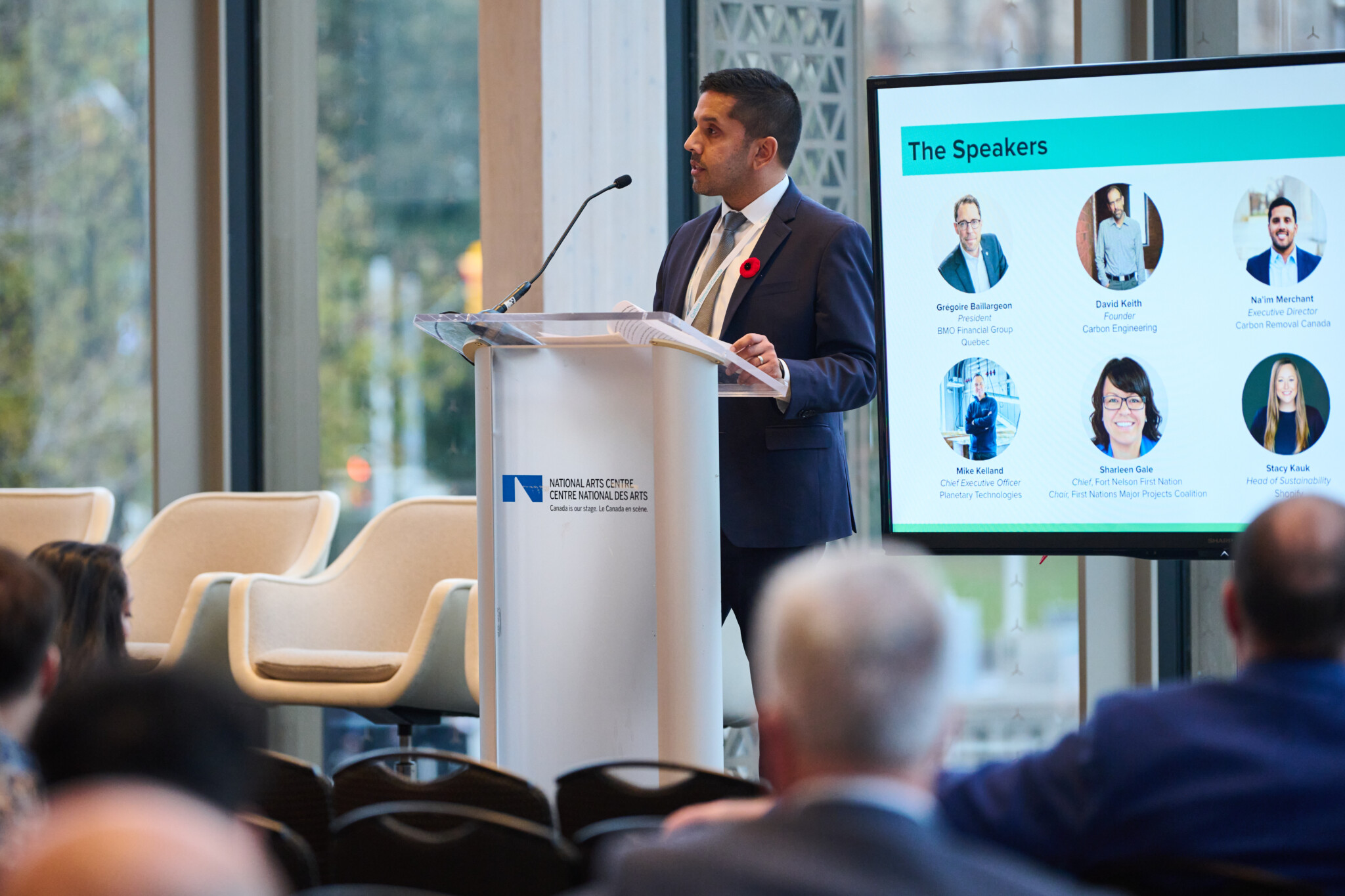
Just as technology is the flaw in Malthusian limits to growth, deployment for startups is the X-factor that cracks the chicken-and-egg problem of growth (no one will work with you until your tech is proven, but you need to work with a partner to prove it).
More often than not, the partners for our deployment are ‘strategic partners’ – larger organizations with broad capacity who work with, fund, and sometimes acquire startups. Energy Excelerator has now worked on 28 deployments across our 53 portfolio companies (we fund later stage companies with up to $1M), and these projects and partners have been critical to helping our startups make the leap into bigger markets, with bigger partners.
With the critical role of strategics in mind, we are excited to announce our newest partner–Enel.
Why are we particularly excited about this partnership?
1. Reach. Enel is a truly global organization, with deployments from India to Canada, and based in Italy – so they are our first Global Partner from Europe, with a strong and growing presence in the U.S. Our mission is to drive the world toward 100% clean infrastructure, which we do in part by listening to our partners and making sure that we are sourcing startups that solve their problems. Having diverse and global partners, who share in this mission, is key because it makes sure that we’re also thinking globally.
2. Pushing the envelope. Enel has been at the leading edge of a wave of corporate restructuring around renewables and has emerged after a year and a half process with a portfolio of 52% renewables – with plans to keep growing. In fact, the company announced its progressive commitment to achieve carbon neutrality by 2050, a goal that could only be realized by applying innovation to use energy in more resourceful, sustainable, and intelligent ways.
3. Experience…and balance sheet. Managing 36 GW of renewables around the globe has given Enel vast experience funding innovative projects. One example we like in particular is the Stillwater Solar Geothermal Hybrid Project – a combined solar + geothermal plant in Nevada. It started as a traditional geothermal plant, but to take advantage of the sun (and lower productivity of geothermal when it’s hot) they added PV and solar thermal. This first-of-a-kind triple hybrid plant produces enough clean energy to meet the needs of 17,000 U.S. homes.
So, we would like to welcome Enel to the Energy Excelerator ohana – we’re thrilled to have you!
But how does a startup work successfully with strategic partners?
Here’s a breakdown of 5 simple steps, sourced from our staff and EEx portfolio companies:
1. Scope – Carefully craft a demonstration project which will be transformational to you. Demonstration projects are time and energy consuming, and there is no sense executing one that is incremental.
2. Search – Narrow your list of potential partners to credible ones who are interested in what you are doing and perform customer discovery (yes, customer discovery never ends!) to make sure you are addressing their real challenges.
3. Be transparent – A good partner wants to hear the real deal (especially about the areas where you will have the most challenges) so they can help. Being transparent about your greatest challenges will help them help you.
4. Get paid – A good project and partner should be willing to pay. If it doesn’t make dollars, it doesn’t make sense (¢).
5. Document and share – Every step of the way is a lesson learned for you and your partner.
Nothing speaks like experience, however, and the real lessons are learned when the steel goes in the ground. Here are a couple anecdotes from our portfolio companies that can help paint the picture of deployment in real life:
ConnectDER
“Utilities really only follow other utilities into new technologies – because only other utilities understand their perspective on the critical resource nature of the service they provide to the public. We’d been talking to a number of utilities, all of whom were interested in deploying our product, but they just weren’t ready to be the first one. Green Mountain Power had a mandate to find a way to make solar more accessible and had a more generally informal culture around experimentation than many other utilities. They saw the value in our product and quickly negotiated a simple contract to test, and then offer it through general deployment so long as we delivered tangible value metrics from their solar installer base. The proof was in the pudding – the installers ate it up and they took the product on as a new line of business. They are now one of our best reference customers, and thanks to their willingness to commit we’ve unlocked multiple additional utility customers. The moral of the story is: find the right demo customer – the one that looks, walks, and talks like your broader market, but has just enough interest in what you’re doing to be willing to take the first step and share their reference with others.”
GOmeter
“I was working on our first major demonstration project with the City of Los Angeles and we found exactly what our solution looks for: a huge leak in an iconic building. By using our product, the city was able to quickly identify and repair the leak without costly or labor intensive efforts. It was perfect. After I finished jumping for joy like Christmas came early, I had a terrible realization: in pursuit of acquiring the demonstration, I had compromised the thing that really mattered most in our proposal – an agreement to release the data to the public. It took months before I was able to tell anyone about our accomplishment and I watched helplessly as opportunities passed us by that could have been seized if only we could have shown how much water we had saved. That’s a lesson I’ll never forget. If you can’t release it, it didn’t happen.”
Are you a startup with your eyes on a transformative demonstration project? Come crack the chicken-and-egg problem with us; pre-apps for next year’s cohort are open now.




